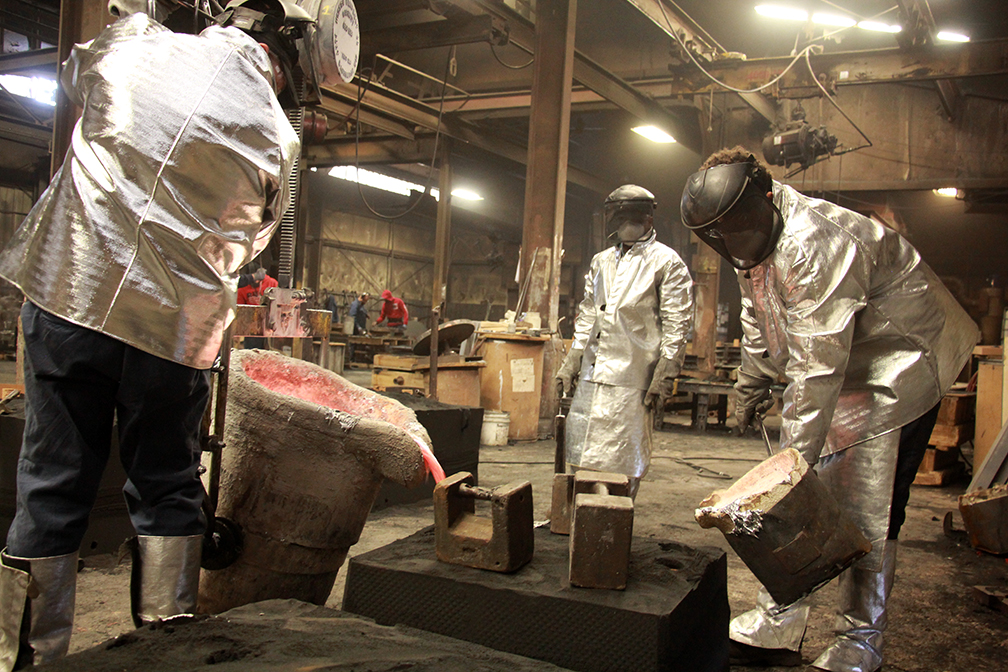In today’s fast-evolving manufacturing landscape, selecting the right casting method is a strategic decision that impacts cost, product performance, sustainability, and speed to market. Among the most frequently compared processes are green sand aluminum casting and high pressure die casting (HPDC). While both offer distinct advantages, the best choice often comes down to your application, production volume, and quality requirements.
Green sand casting remains a mainstay in modern foundries—not because it’s traditional, but because it offers flexibility, strength, and cost-efficiency that other methods struggle to match, particularly in low- to mid-volume production environments
Green Sand Casting: A Proven and Evolving Technology
Despite being centuries old, green sand casting continues to be the most widely used casting process worldwide. According to the American Foundry Society, over 70% of all metal castings produced globally are made using green sand methods. In aluminum casting specifically, the green sand process still accounts for over 42% of U.S. aluminum castings, with demand increasing in industrial and energy sectors.
Why does this method remain so relevant? Because it strikes a balance between cost, complexity, strength, and sustainability.
Key Advantages of Green Sand Aluminum Casting
- Lower Tooling Costs
Tooling for green sand casting is significantly less expensive compared to HPDC. For small and mid-sized production runs, green sand tooling may cost 80–90% less than high pressure die casting tooling. This makes it ideal for prototyping, legacy part replacement, or custom components where flexibility is essential.
- Design Flexibility and Faster Iterations
The green sand process supports rapid design modifications without incurring major tooling expenses or delays. Patterns can be modified or replaced with relative ease, helping manufacturers accelerate development cycles and adapt to design feedback or evolving requirements.
- Support for Complex and Thick-Walled Geometries
While HPDC is excellent for thin-walled, high-volume parts, it has limitations with large, thick-walled sections. Green sand excels in producing robust components with complex internal geometries, cored sections, and heavy-duty structural features—ideal for demanding industrial applications.
- Broader Alloy Compatibility
High pressure die casting is generally restricted to low-melting alloys like aluminum, zinc, and magnesium. Green sand, by contrast, allows for a wider range of aluminum and copper-based alloys, including those with high strength, wear resistance, or corrosion resistance.
- Superior Structural Integrity
Green sand castings typically offer better grain structure and reduced internal stresses due to slower solidification compared to HPDC. This results in parts with greater mechanical strength and fatigue resistance—especially important in load-bearing or high-impact applications.
Sustainability and Environmental Impact
Sustainability is no longer a secondary concern in manufacturing. It’s a driving factor in procurement decisions, supply chain strategies, and regulatory compliance. Green sand casting offers several environmental benefits that make it an attractive option:
- Reusability of Materials
The sand used in green sand casting is reclaimed and reused repeatedly—often up to 90% or more of the total sand used in a production cycle. This dramatically reduces raw material waste and landfill impact.
- Lower Energy Consumption
Unlike HPDC, which requires melting metal and injecting it at high pressures and speeds into complex dies (often using hydraulic systems), green sand casting operates at lower process temperatures and pressures, consuming less overall energy.
According to the U.S. Department of Energy, green sand aluminum casting can use 30–50% less energy per pound of finished product compared to die casting, especially in low- to mid-volume runs.
- Reduced Emissions and Waste
Green sand foundries can more easily incorporate closed-loop waste handling, dust collection systems, and energy recovery systems. As a result, they produce fewer emissions, lower VOCs (volatile organic compounds), and smaller environmental footprints per part produced.
When High Pressure Die Casting Makes Sense
While green sand casting has clear advantages, HPDC still plays a valuable role in manufacturing, especially when:
- Production volumes exceed 100,000 parts per year
- Part wall thickness is extremely thin (under 2 mm)
- Consistency in high-speed production is critical
- Tight tolerances are non-negotiable
This makes HPDC well-suited for consumer electronics, automotive trim parts, housings, and other lightweight applications where unit cost matters more than structural strength or flexibility.
Industry Application Snapshot: Where Green Sand Shines
Green sand aluminum casting is especially effective in sectors such as:
- Agriculture – Equipment housings, brackets, and powertrain parts
- Construction – Structural components and large castings for loaders, lifts, and cranes
- Industrial Machinery – Pumps, impellers, valves, gearboxes
- Transportation – Heavy truck parts and commercial vehicle components
- Energy & Utilities – Transmission components, enclosures, and high-integrity housings
These sectors demand customization, durability, and design agility—all areas where green sand excels.
Final Takeaway: It’s Not One vs. the Other—It’s About Fit
The question isn’t whether green sand or high pressure die casting is better—it’s which is better for your project. Green sand aluminum casting continues to thrive because it provides the right blend of:
- Lower up-front costs
- Design adaptability
- Material versatility
- Mechanical strength
- Environmental responsibility
As reshoring trends accelerate and manufacturers seek more resilient, cost-effective, and sustainable supply chains, green sand casting is increasingly seen not just as a legacy process—but as a forward-looking solution.
Ready to Explore Your Options?
If you’re evaluating casting methods for an upcoming project or considering reshoring your supply chain, don’t make the decision in a vacuum. Consult with experts, review your production goals, and consider the total lifecycle impact—technical, economic, and environmental.
Connect with Meloon Foundries to talk with our engineering team and find the best-fit solution for your next aluminum casting project.



